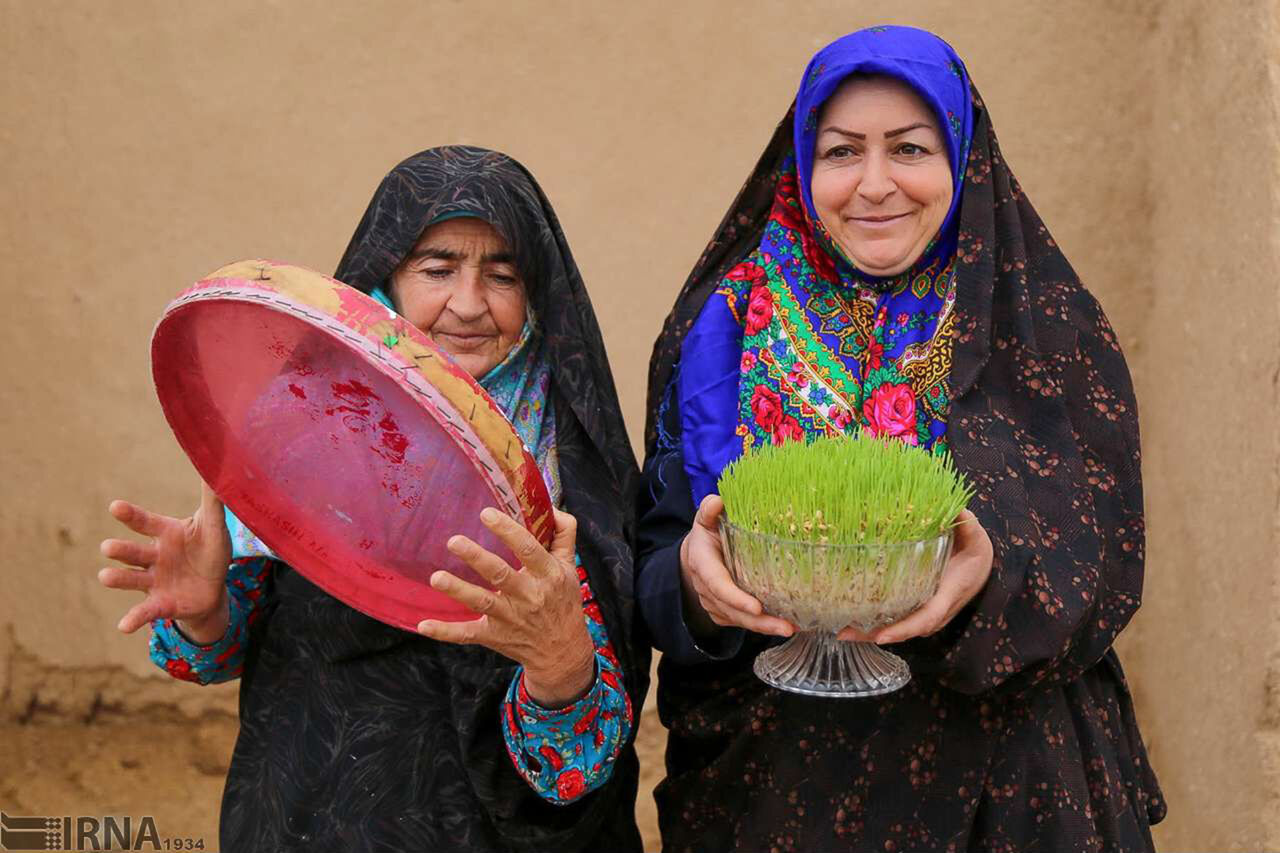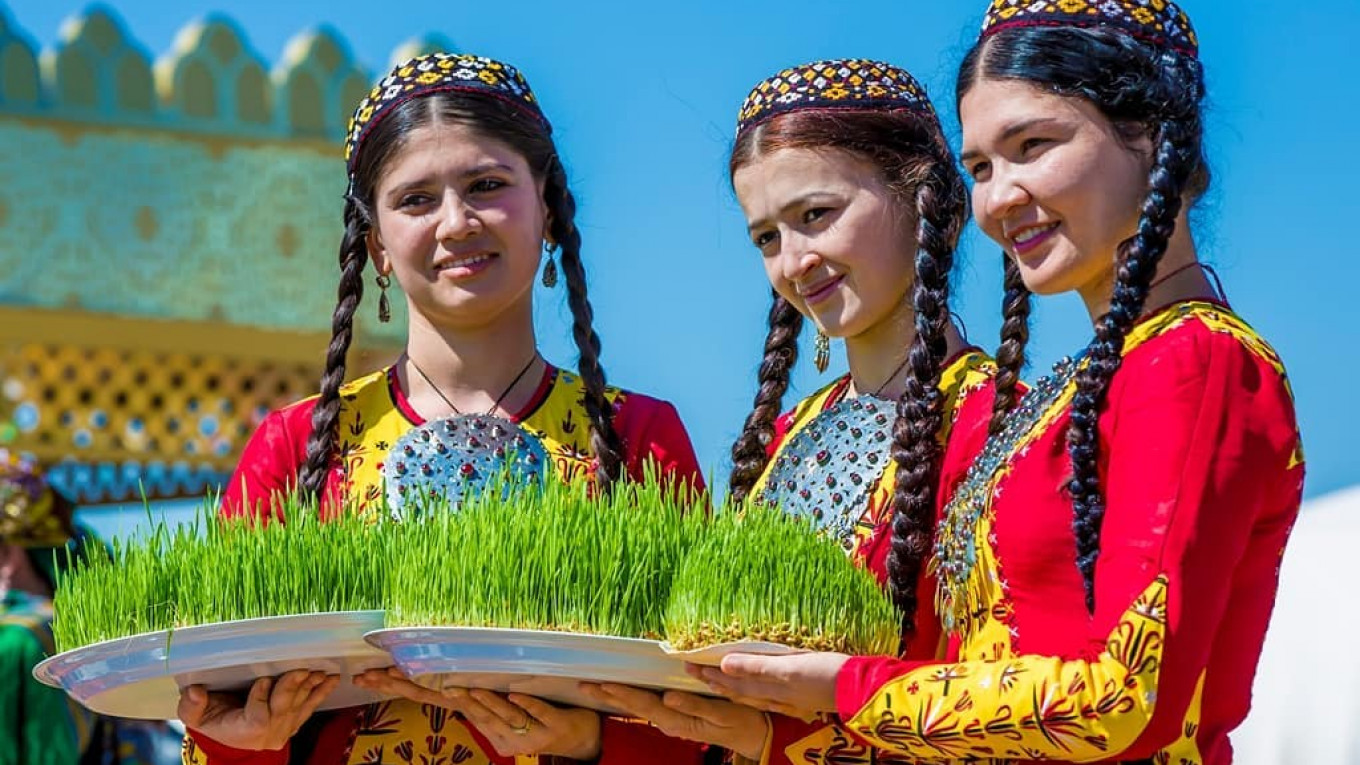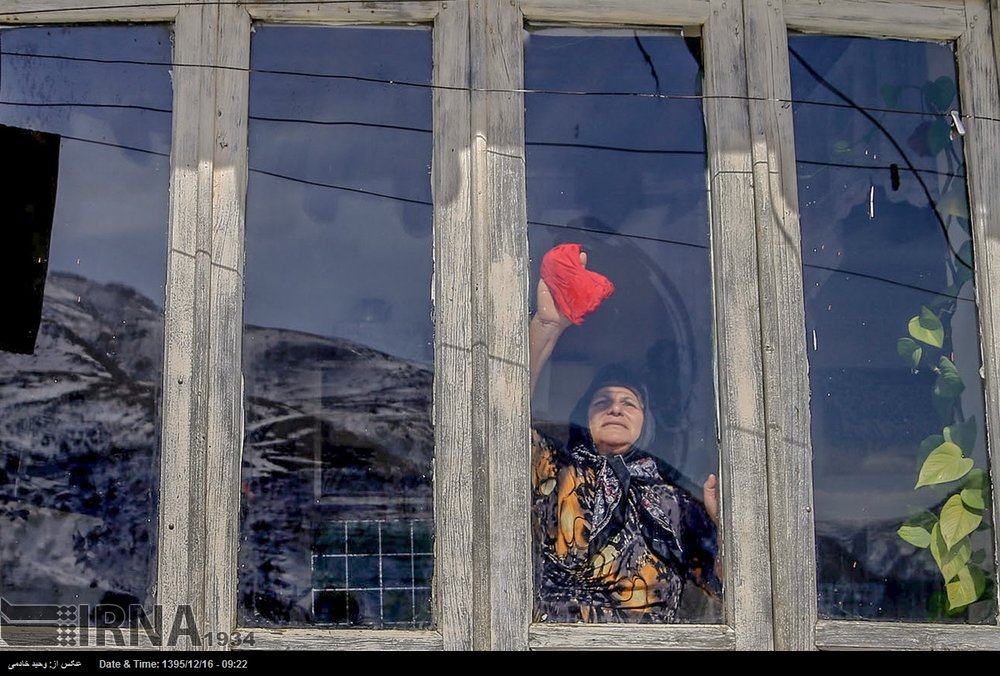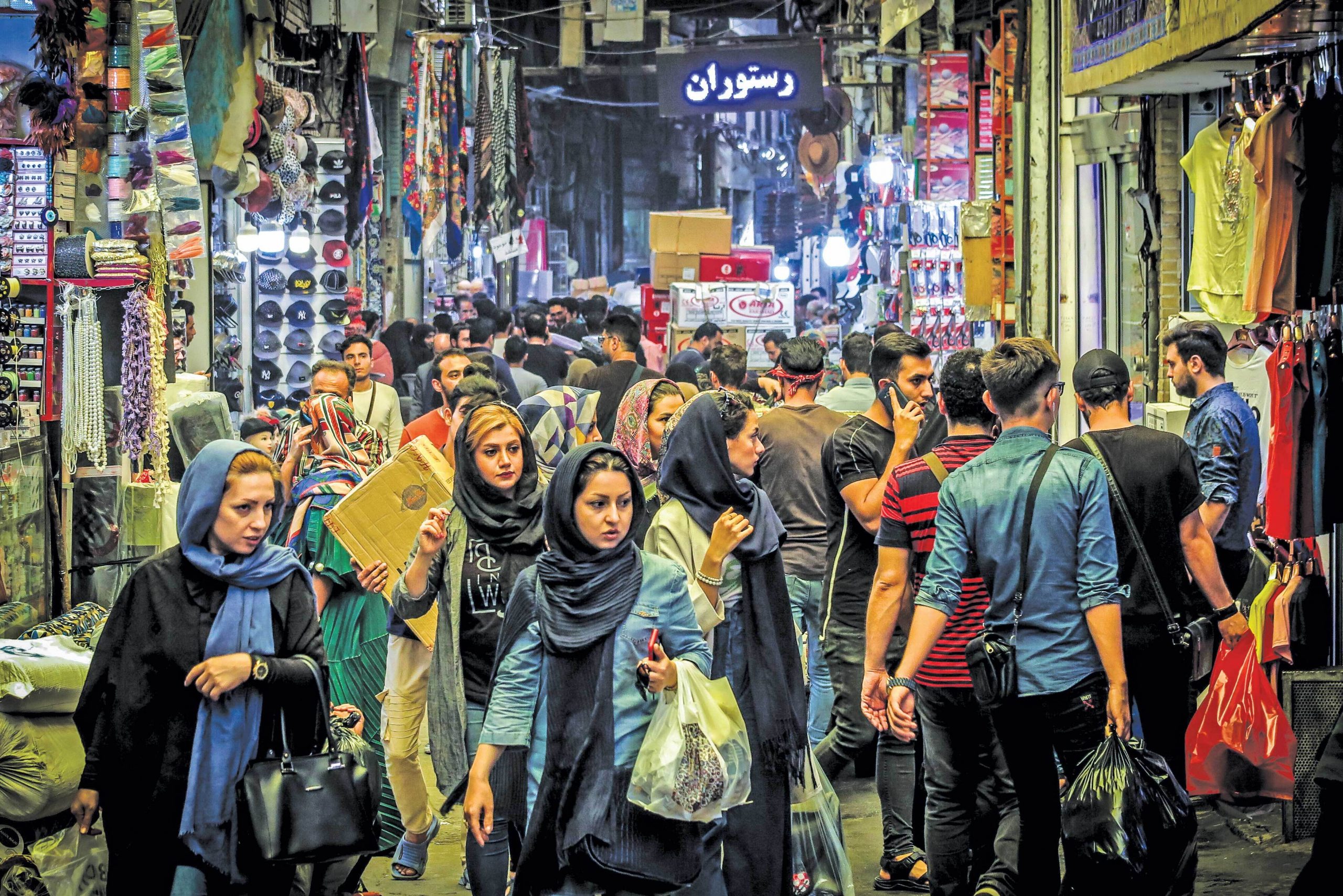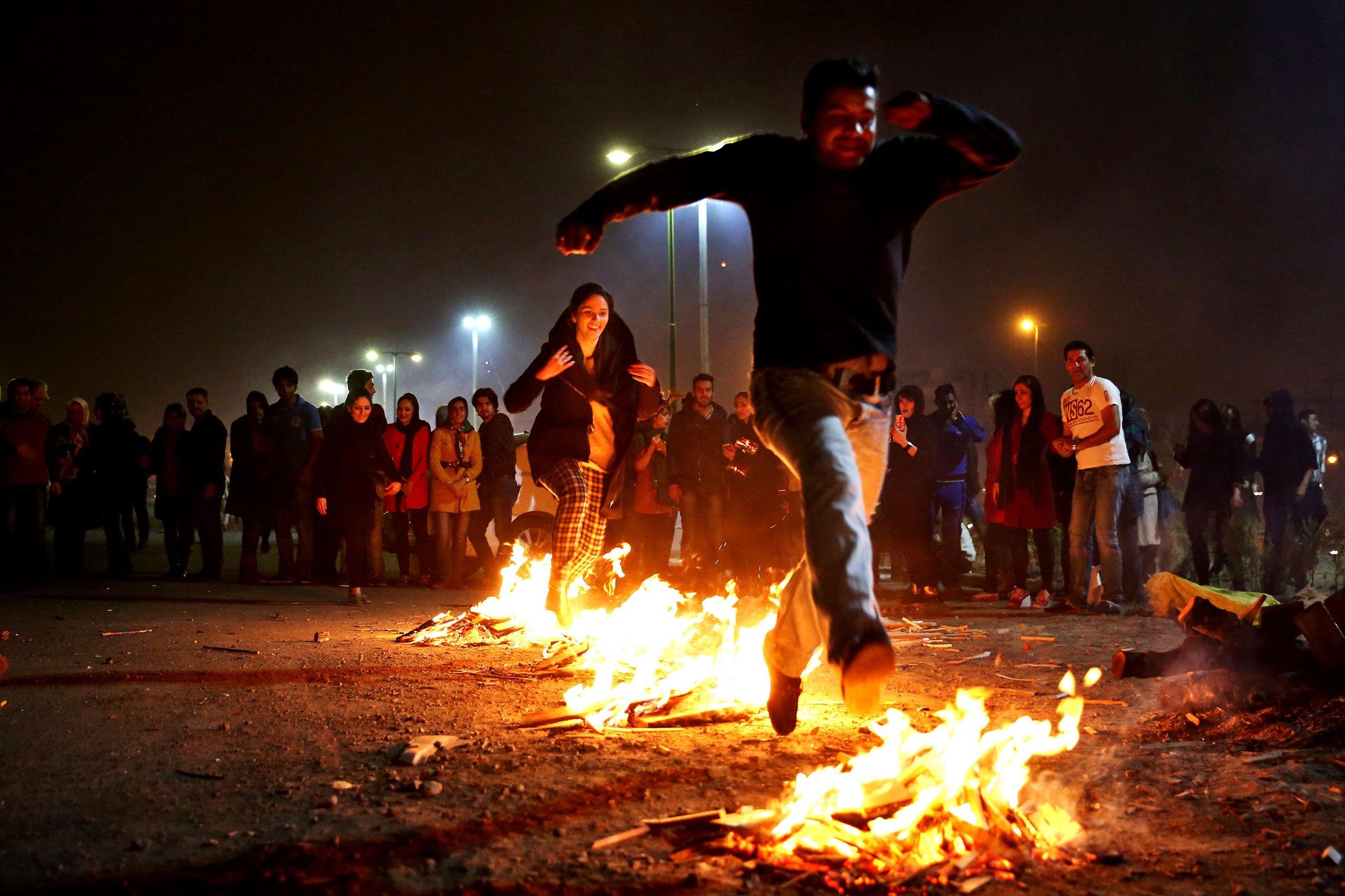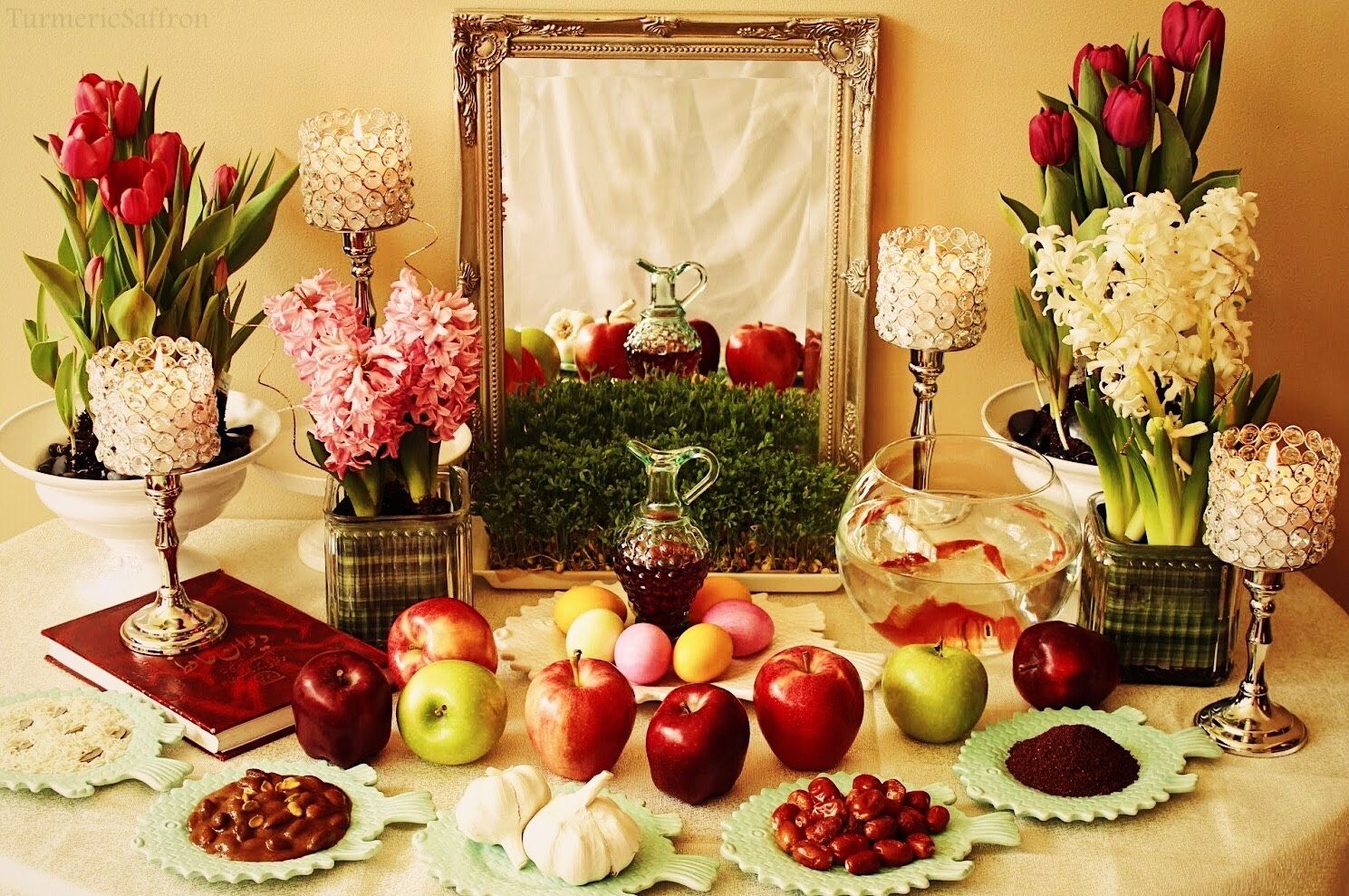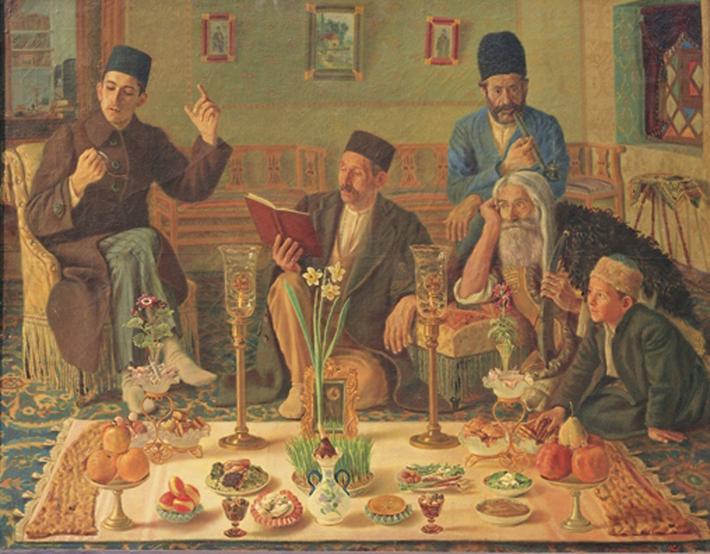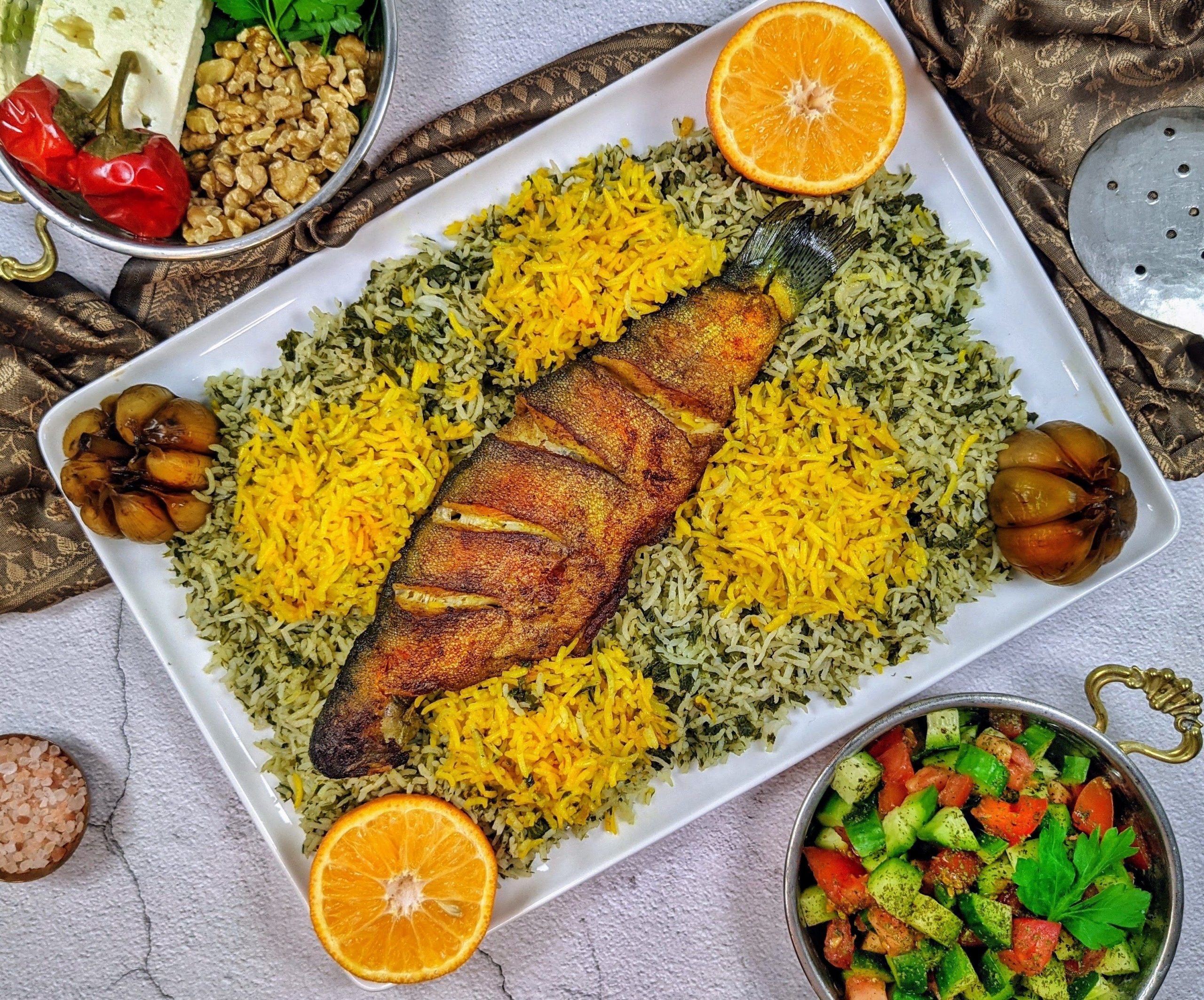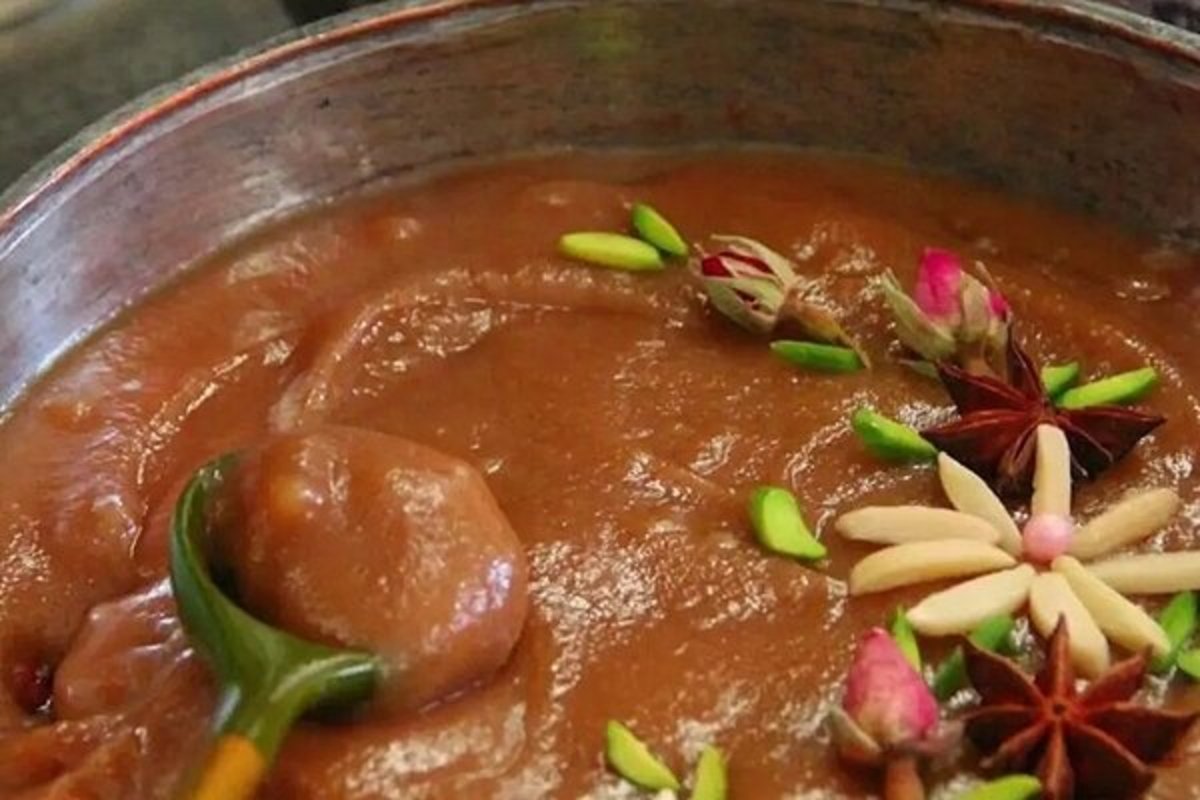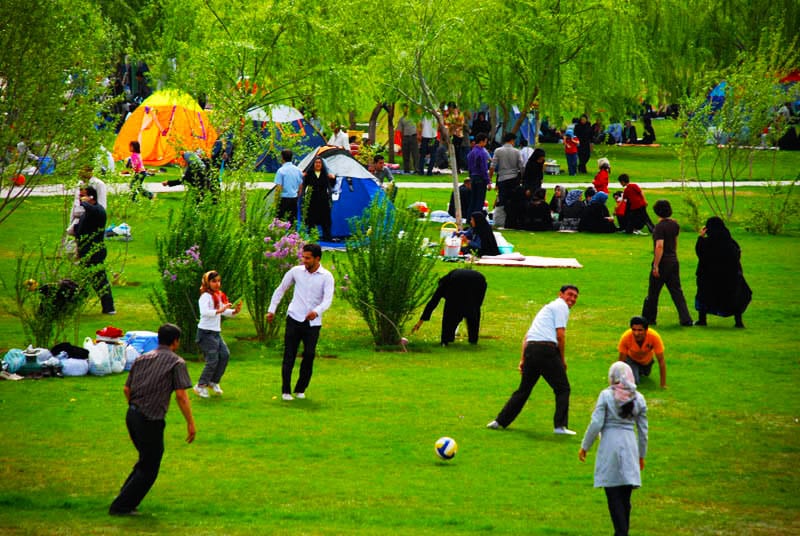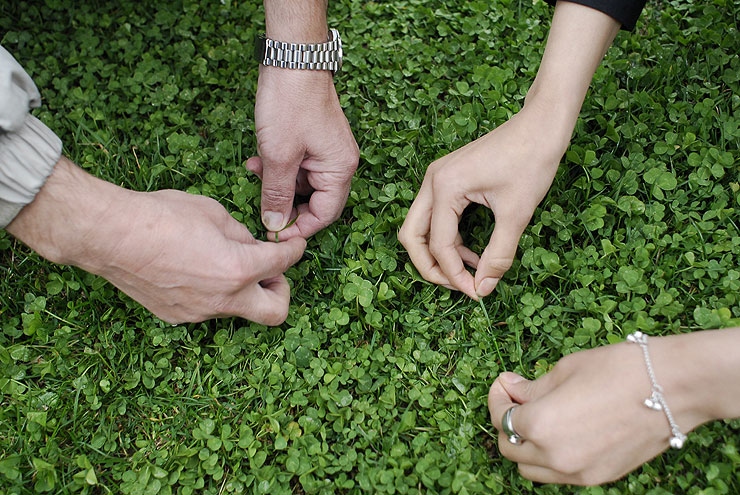.Nowruz, meaning “New Day” is the Persian New Year. This is a great opportunity to “promote values of peace and solidarity between generations and within families as well as reconciliation and neighborliness” the United Nations says. In 2009, UNESCO listed this holiday on its Representative List of the Intangible Cultural Heritage of Humanity.
Nowruz, the important ancient festival in Iran, Central Asia and beyond, is a celebration of springtime and New Year regarding the solar calendar. March 21 officially recognized as International Nowruz Day. Though Iranian people celebrate the holiday between March 19 and 22, depending on calendars and vernal equinox calculations.
The feast originally dates back to Zoroastrianism, a religion practiced in ancient Persia that believed the arrival of spring as a victory over darkness. This rite survived the Islamic conquest of Persia in the 7th century and the decline of Zoroastrianism’s popularity. Then, it spreads across the globe through the diaspora of Persian individuals all through history.
Which countries celebrate Nowruz?
More than 300 million people all around the world celebrate this historic ritual. Also, most people along the Silk Roads including Afghanistan, Azerbaijan, India, Iran, Iraq, Kyrgyzstan, Kazakhstan, Pakistan, Tajikistan, Turkey, Turkmenistan and Uzbekistan perform Nowruz.
Is Nowruz a religious holiday?
Nowruz is a festival that has been celebrated for thousands of years by various people with different faiths.
What do Iranians do before Nowruz?
In order to get ready for Nowruz, usually 3 to 2 weeks before Nowruz, the housewife with the help of other family members starts “Khaneh Takani”. It means cleaning all the corners and hidden spots of the house, including washing the carpets, mopping the floor, cleaning the windows and every closet.
The purpose of doing this is to keep the evil away from your house.
Another stage is to go shopping and buy new clothes for each member of the family especially the children and that will be more thrilling for them. In some cases people also buy new furniture for their home.
On the last Wednesday before Nowruz, many celebrate Charshanbeh Suri. literally it means “Red Wednesday”. Charshanbeh Suri is an ancient festival, dating back to 4000 years ago since the early Zoroastrian era. It’s a night in which people jump over fire and sing to fire “My yellow is yours, your red is mine”.
By signing this phrase you ask to be rid of any sickness and bad luck; and wish for good luck and health in the New Year. Also, some go to neighbors’ doors banging spoons to scare away bad luck. However in recent years, the use of firecrackers has become quite popular, which may have been influenced by and adopted through Chinese festivals.
What is special about Nowruz?
This festival’s focus is on fertility and new life, so it’s appropriate that many people celebrate with seeds and eggs. On this day, the whole family gathers around a haft-seen table including seven symbolic items. Haft means “seven” and “seen” is “s” in Farsi, and all of the items start with this letter. These include seed sprouts (usually wheat, oats and other seeds, which symbolize rebirth), senjed (also known as silverberry or Persian olive, which is thought to spark love), garlic (protection), apple (fertility), sumac (love), vinegar (patience), and samanu (a pudding made of sprouted wheat, that symbolize affluence). The table also includes a Quran, colored eggs, mirror, and red fish.
Nowruz is not like other New Year festivals, it’s more a family celebration in which on the first day of Nowruz the families gather together at the home of their oldest family member to meet each other and congratulate the coming of New Year, and eat pastries and fruits. The elders put money in the Quran and give them as “Eidi” (money gift) to children. And in the following days, they continue this meeting by going to the house of relatives and friends and then they will visit them back. This action is “Did-o-Bazdid” in Persian language.
What do Persians eat in Nowruz?
The traditional New Year meal is “Sabzi Polow ba Mahi” , herb rice with fish; and “Kuku Sabzi” , vegetable frittata.
Samanu is one of the important items in Haft Seen Table. It’s a sweet, delicious and nutritious paste made by heating germinated wheat. It also has nuts such as almonds or hazelnuts.
What is “Sizdah Bedar”?
“Sizdah Bedar” is the Persian festival of nature, also known as “Nature’s Day”. Iran People celebrate this festival on the 13th day of Farvardin (2nd April). Sizdah means “thirteen” and Bedar means “outdoor”. Thus, on this day people spend time picnicking outdoors. It is a tradition amongst the Iranian people to enjoy the fresh spring air before ending the New Year holiday and be energetic for beginning the work and education schedule
The interesting rite of this day is knotting the greenery “Sabzeh gereh zadan”. People tie grass or green plants to wish for a happy and healthy year. Besides, the funny part is when young single girls tie the grass while expressing a wish to find a husband
Thank you for reading this blog, hoping you’ll find it enjoyable and helpful. What did you find interesting about Nowruz? Please leave us a comment and always remember that your comment is really valuable to us.
sources: National Geographic – United Nations – unesco


